How To Build Speed & Dexterity
While many banjo enthusiasts admire fast banjo playing, it isn’t always clear how to train to play fast, effortlessly and with precision. Speed and dexterity will be loosely described here as a kind of familiarity. Familiarity is usually “created” when we repeat something, comfortably, slowly and regularly.
Do you know what the easiest, simplest concept is in speed training?
- When you practice slow, you learn fast.
- When you practice slowly, your speed increases without trying to do so. That is why students practice with a metronome, to prevent speeding up beyond their comfort level.
- When you practice too fast, you introduce un-wanted muscle tension and therefore, bad habits.
Practice Technique
Here is a simple exercise that, when practiced slowly and comfortably, has been used by virtually every champion banjoist and guitarist that I know. Please note, this is not music, but speed and dexterity training, designed to enable the student to move both right and left hand with greater ease and accuracy.
- For the right hand, choose one roll or picking pattern. For this demonstration we’ll choose the thumb, index, thumb, middle pattern. (often called the thumb in and out roll.) We will confine this roll ONLY to the first string. In other words, we will pluck the first string with thumb, then index, then thumb again and them middle finger. For now, that is only what the right hand is going to do and the only string that will be plucked with the fingers of the right hand.
- The left hand will press each consecutive fret on the first string with each consecutive finger each time the right plucks the string. So, as the right hand is plucking the first string, we fret the first fret with the left index finger. Then fret the second fret with the middle finger. Then fret the third fret with the left ring finger and then the fourth fret with the pinky finger.
Once the fourth fret is reached, the player shifts the left hand up to fret the fifth fret with the index finger, positioning the left hand over the next group of four frets. Then the sixth fret is fretted with the middle finger, the seventh fret with the ring finger and the eighth fret with the pinky.
The player shifts the left hand again to start this pattern again with the left index finger on the ninth fret, etc.
Fine Points to Remember:
- One of the “tricks” of this exercise is keeping an “even amount of space between the notes”. This detail is critical for smooth speed development. Whether you are moving your fingers from fret to fret or shifting your entire hand from position to position, you must keep the same amount of time or “space” between each note. This detail alone builds smoothness.
- Practice this exercise fretting every fret from 1st to 22nd and then, come back down the finger board in the exact same manner as you ascended. Remember to keep an even space (space here refers to time, not physical space.) between every note.
- If your “hand shifts” are taking longer than you finger fretting, slow down your finger fretting until you are fretting at the same speed as your “hand shift.” Keep your right hand plucking no faster than you can keep an even space between notes.
To illustrate this, think of this exercise like this:
Pluck, space, pluck, space, pluck, space, pluck, space.
Don’t do this:
Pluck, spaaaaaccccee, plk, spc, pluucckk, spaaccce, pluuucckkkkkkk, spce.
Frequency:
- For the first two weeks or so, do this exercise on the first string. In the third week, do this exercise on the first AND second string. In the fourth week, do this exercise on the first string, then the second string and then the third string. In the fifth week do this exercise on all five strings (one at a time of course.) You may find it more comfortable to use a thumb and index alternating picking pattern on the third, fourth and fifth strings, but the more fingers you can reach to the third, fourth and fifth strings, the more flexible, agile and strong your right hand will become.
- Make sure that you make absolutely every note as clear and ringing as possible on every fret on every string during this exercise. Practicing slowly will enable you to accomplish that in a short time. It will also develop finger strength and dexterity that you start to notice within the first two weeks. (Or even sooner) If any of your notes are dull, or buzzing, SLOW DOWN! With this practice technique, you are not interested in speed…. Leave that to playing your songs.
- If you are an intermediate to advanced player, you will notice that your speed and dexterity have increased on the songs you already know without any attempt to make them so. If you are a total beginner, this will build you a foundation that is more solid than learning a hundred songs.
Where to Go From Here:
When you have practiced this little exercise for 30 minutes a day, for five weeks, get a copy of Mel Bay’s Banjo Scales Chart and hang it in front of you on the wall. When you are finished with your daily practice of the above exercise, you can start applying the same “even space between the notes, slowly” approach to learning the scales. You will be ready for it after only five weeks of 30 minutes a day with this wonderful little exercise.
What to Expect:
If you make this exercise part of you daily routine with your banjo indefinitely, your skill, speed and dexterity will continue to grow, develop and improve. Sound too good to be true? Try it…. And like virtually all champions and professionals, you’ll roll through “Foggy Mountain Breakdown” or “Blackberry Blossom” with the smooth, effortless speed, we all dream about.
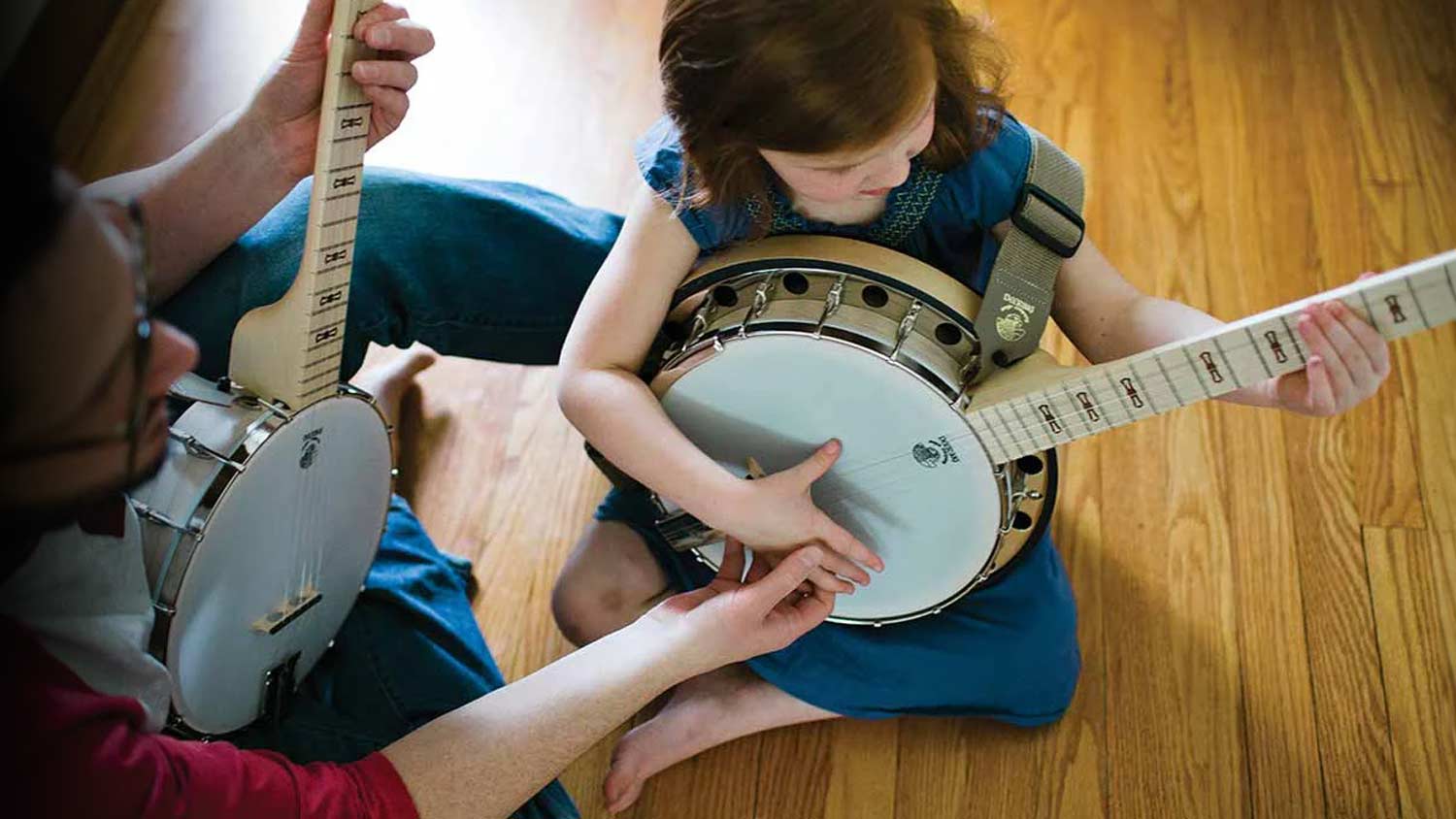



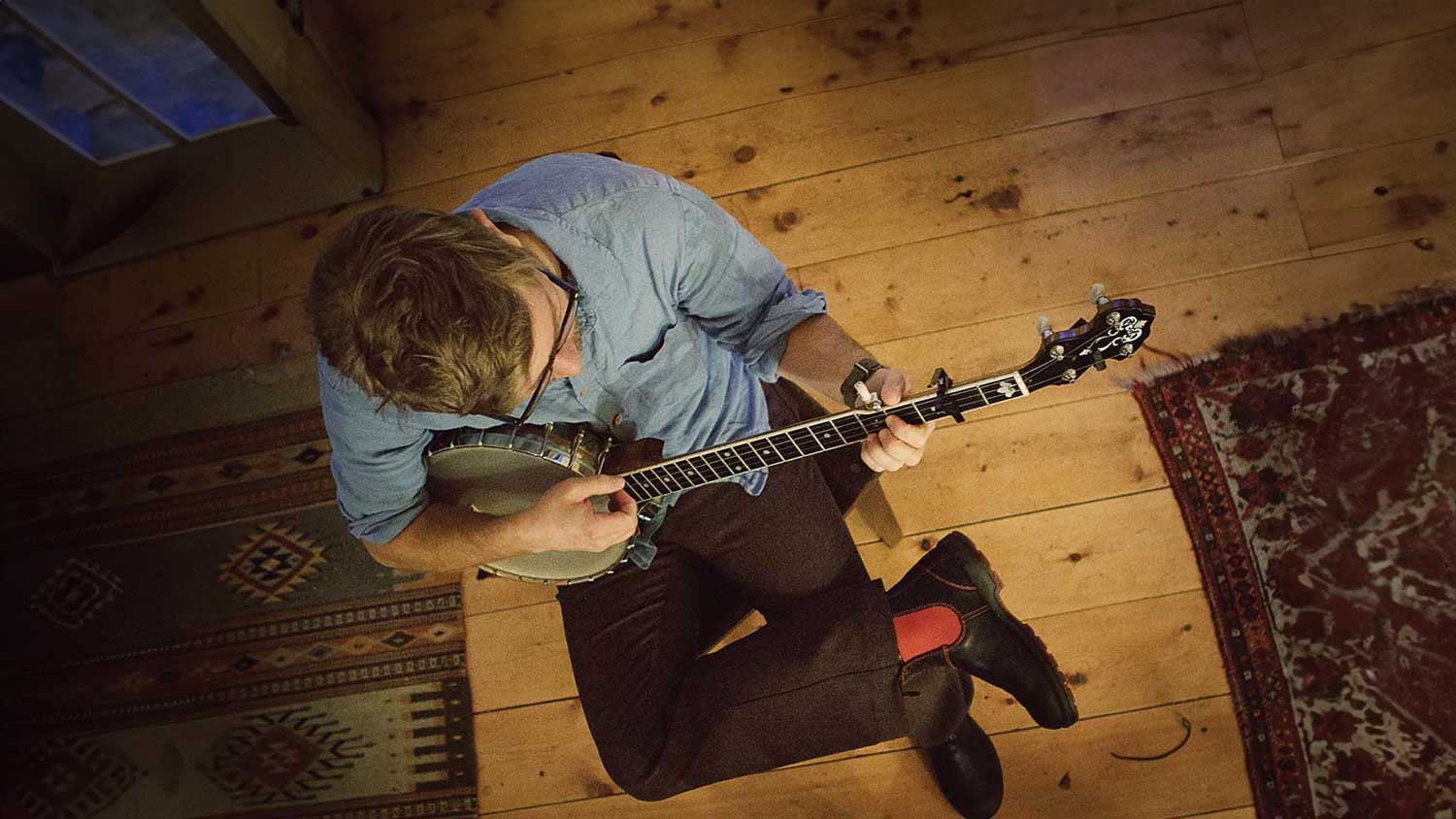


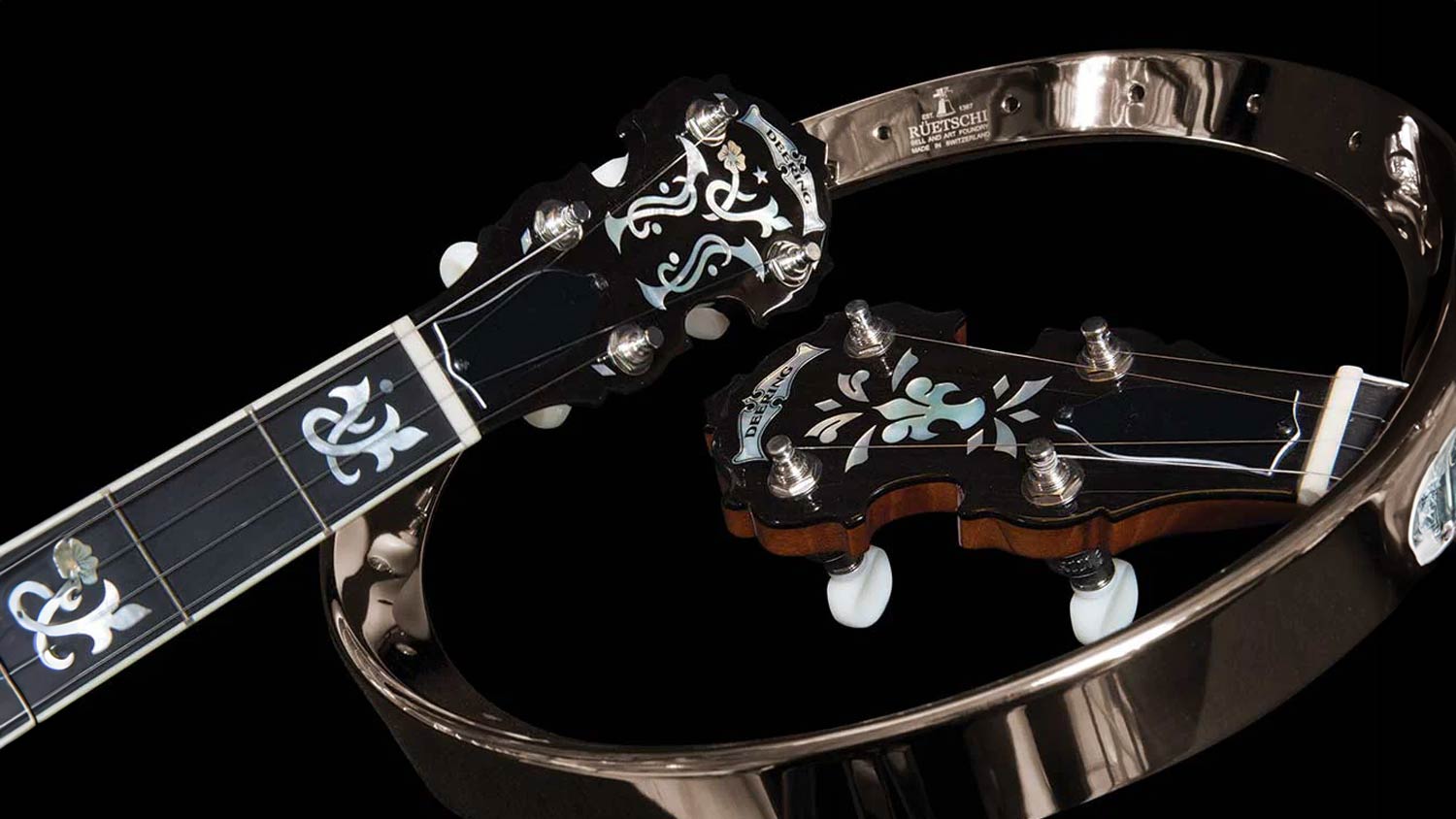

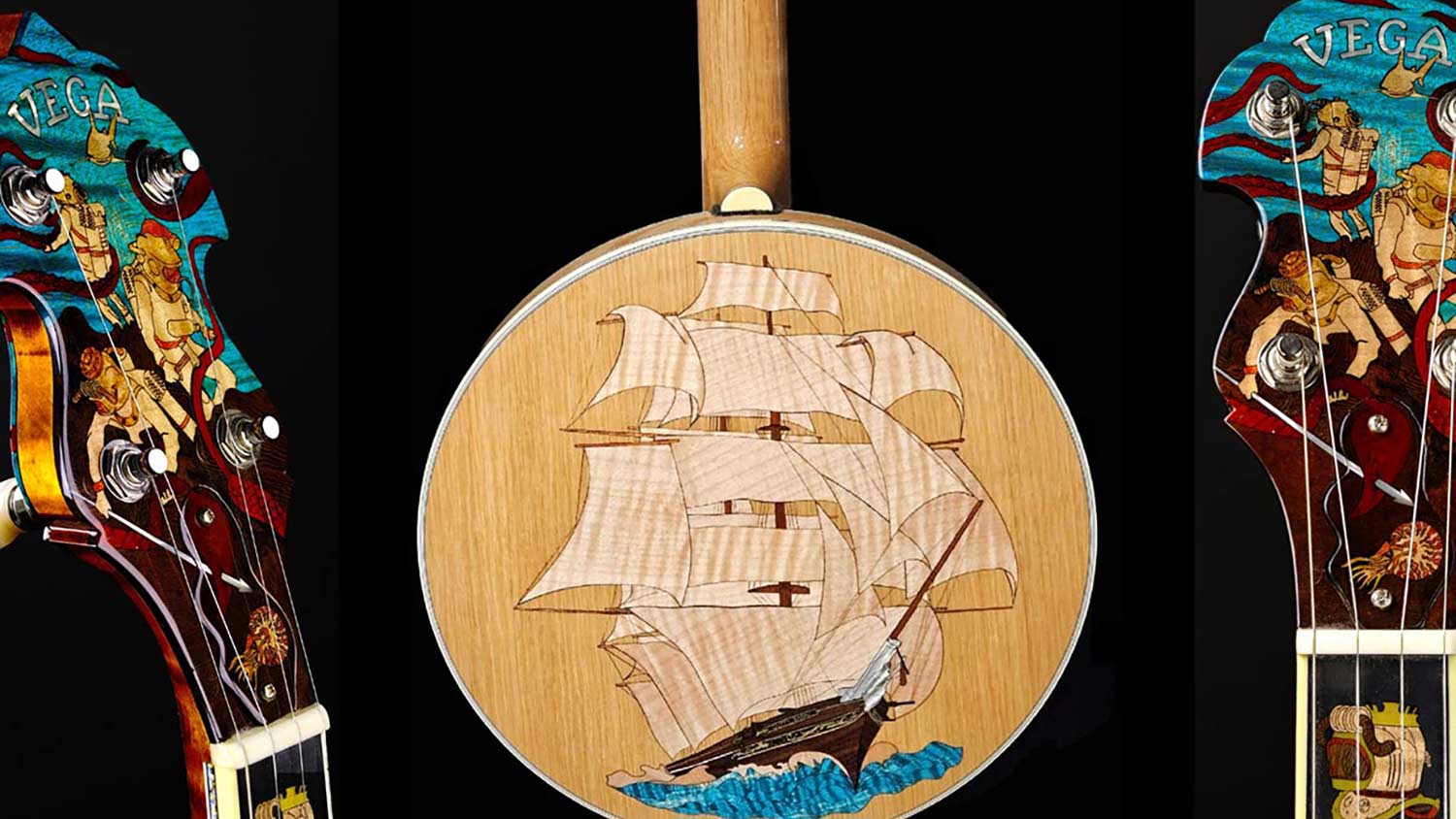





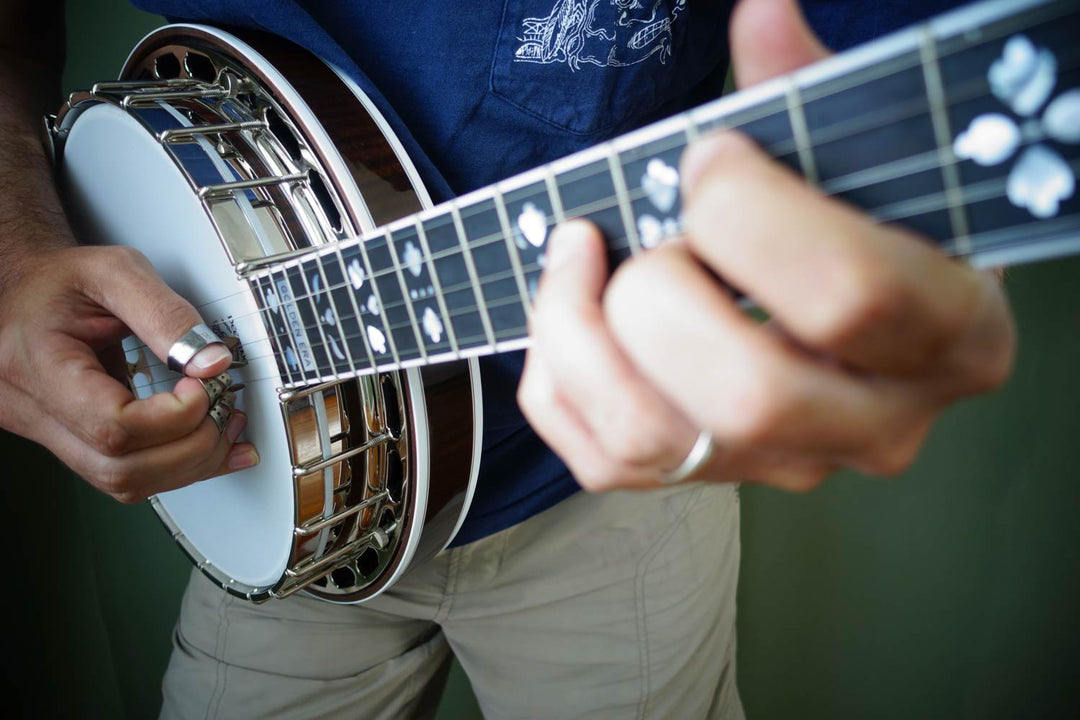
Great idea, but what pattern are the Clawhammer folks like me use.
Thank you! This has been a very helpful article. One recommendation I have is to include a link to some of the YouTube videos you have of performing/practicing techniques.
https://www.youtube.com/watch?v=L_l-Jkkt9RU
Thanks for all these good tips, keep them coming.
Question: Do I lift the Index Finger before pressing down with the Middle Finger, lift the Middle Finger before pressing down the Third Finger, etc., OR press & hold each finger until it is time to shift the left hand?
Just a beginner so i will be trying this exercise starting today. i will let you know how it’s going in a month or so.
Leave a comment